Back to Courses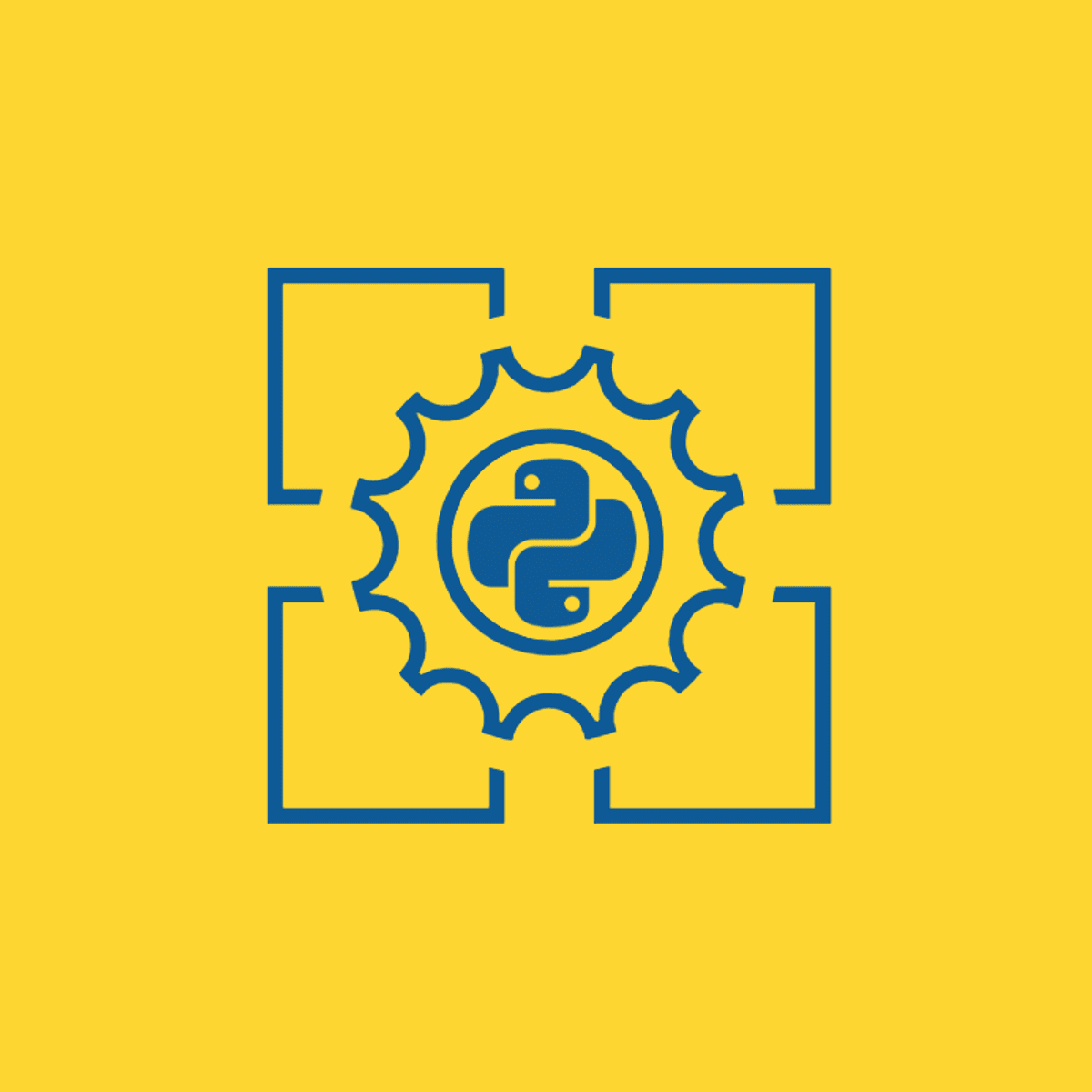
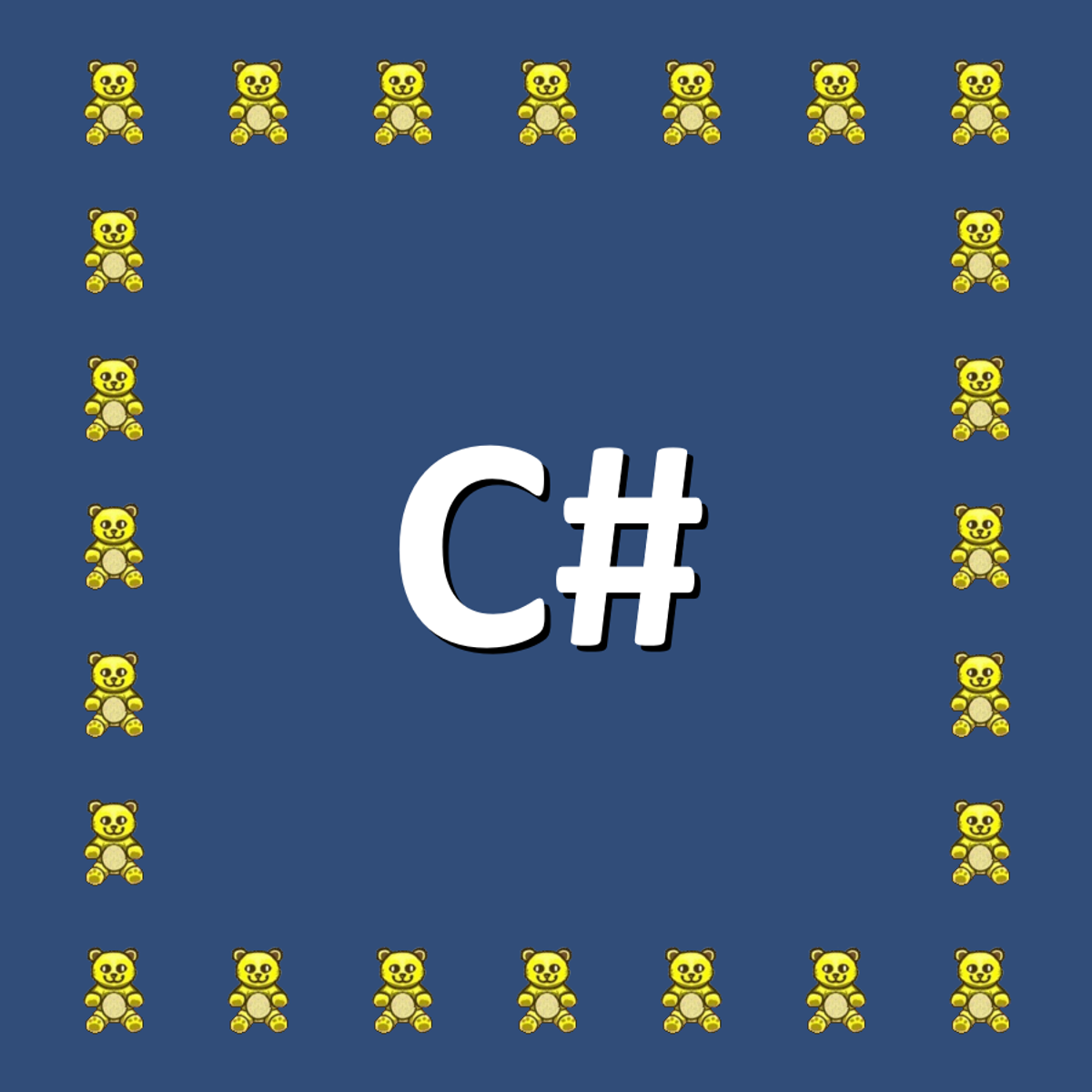
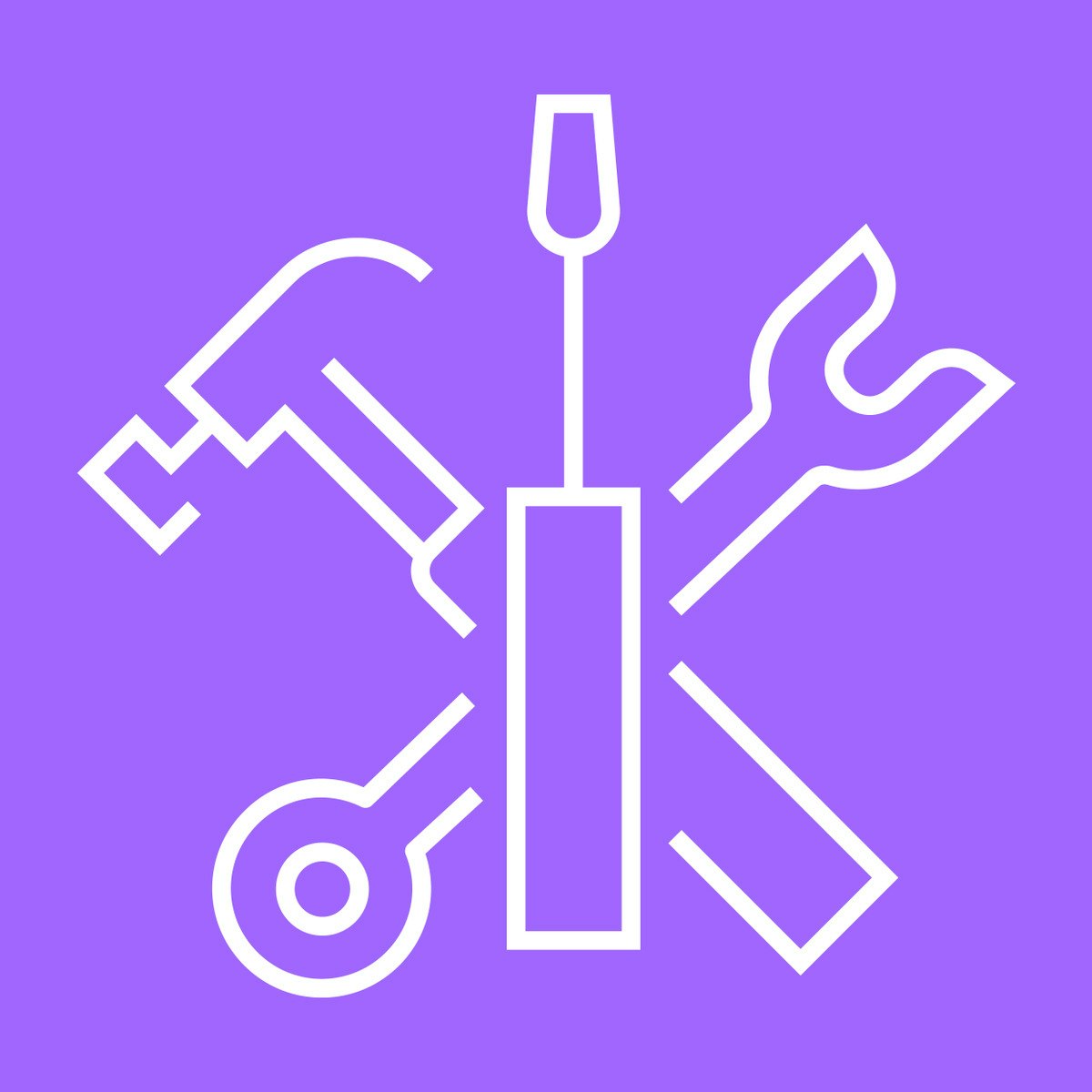
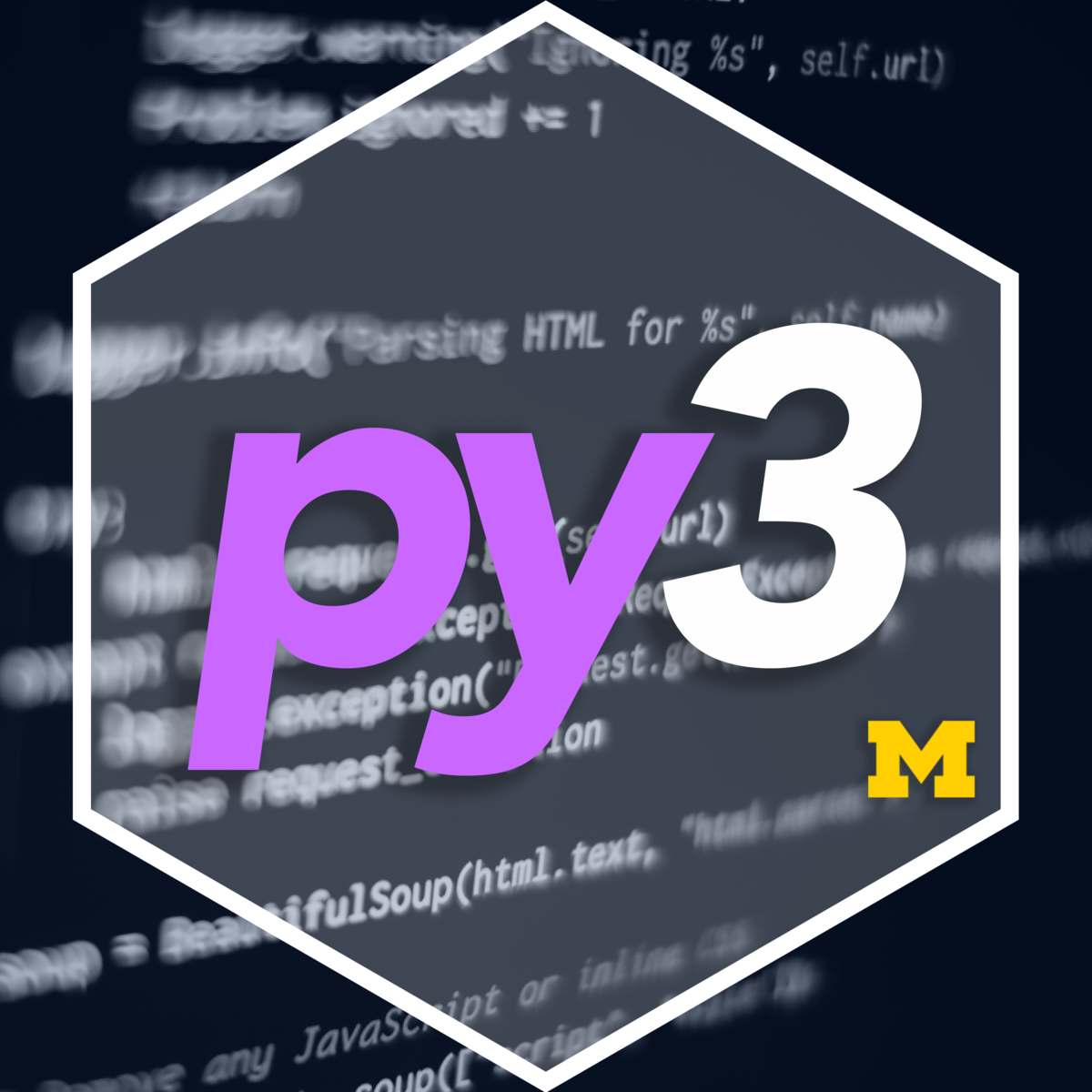


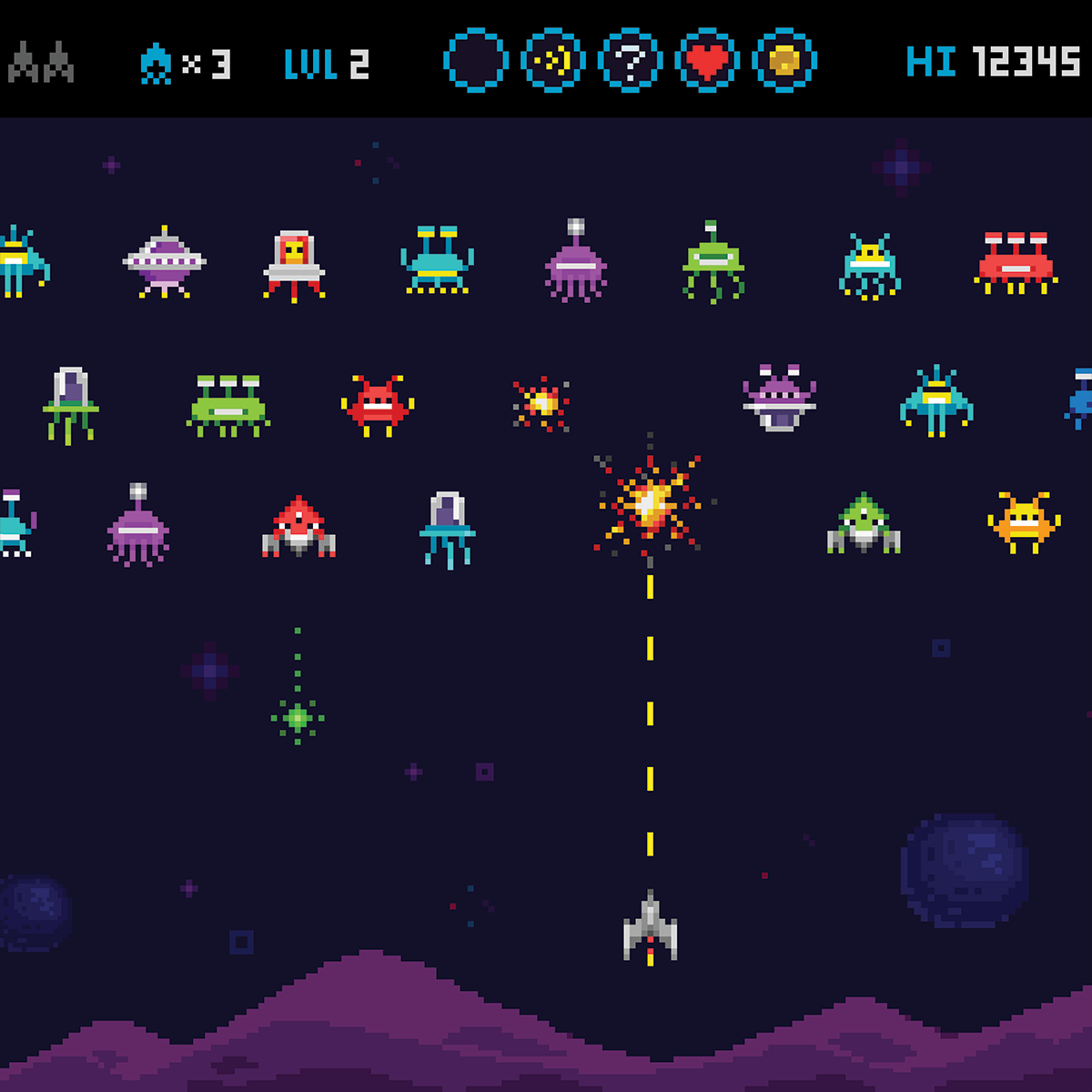
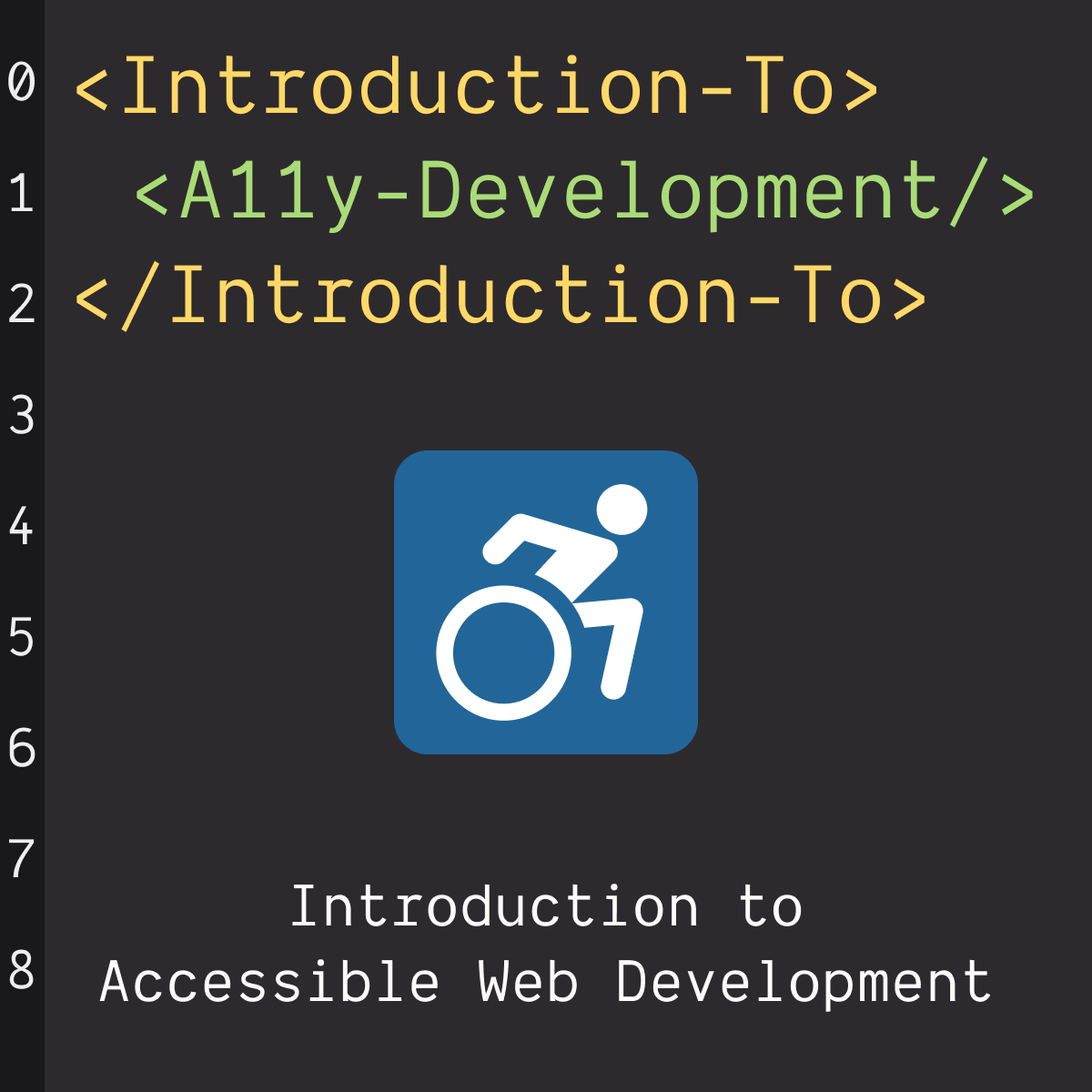


Software Development Courses - Page 86
Showing results 851-860 of 1266
Select Topics in Python: Natural Language Processing
Code and run your first NLP program in minutes without installing anything!
This course is designed for learners who have some experience with Python but are a novice to NLP. The modules in this course cover processing and analyzing text; analyzing speech, syntax, and semantics; and building a chatbot.
To allow for a truly hands-on, self-paced learning experience, this course is video-free. Assignments contain short explanations with images and runnable code examples with suggested edits to explore code examples further, building a deeper understanding by doing. You’ll benefit from instant feedback from a variety of assessment items along the way, gently progressing from quick understanding checks (multiple choice, fill in the blank, and un-scrambling code blocks) to slowly building features, resulting in large coding projects at the end of the course.

Introduction to C# Programming and Unity
This course is all about starting to learn how to develop video games using the C# programming language and the Unity game engine on Windows or Mac. Why use C# and Unity instead of some other language and game engine? Well, C# is a really good language for learning how to program and then programming professionally. Also, the Unity game engine is very popular with indie game developers; Unity games were downloaded 16,000,000,000 times in 2016! Finally, C# is one of the programming languages you can use in the Unity environment.
This course doesn't assume you have any previous programming experience. Don't worry if you've never written code before; we'll start at the very beginning and work our way up to building small games by the end of the course. Throughout the course you'll learn core programming concepts that apply to lots of programming languages, including C#, and you'll also learn how to apply those concepts when you develop games.
Computer programming is really fun in general, and programming games is even better!
Caution: Beginning (assuming no prior programming knowledge) is not the same as easy (not hard to do). Learning to program IS hard to do, especially since this course is essentially the first half of a freshman-level college course. Meeting the course challenges while you master the material will be rewarding to you, but doing that will require hard work and maybe even a few expletives along the way.
Module 1: Write your first C# console application and Unity script
Module 2: Learn how we store data in our programs
Module 3: Learn how we use classes and objects to implement our code
Module 4: Learn the basics of Unity 2D games and take "Final Exam"
“Unity” is a trademark or registered trademark of Unity Technologies or its affiliates in the U.S. and elsewhere.
This course is an independent work and is not sponsored by, authorized by, or affiliated with Unity Technologies or its affiliates
Building Modern .NET Applications on AWS
In modern cloud native application development, it’s oftentimes the goal to build out serverless architectures that are scalable, are highly available, and are fully managed. This means less operational overhead for you and your business, and more focusing on the applications and business specific projects that differentiate you in your marketplace. In this course, we will be covering how to build a modern, greenfield serverless backend on AWS.
Building brand new applications on AWS is a different task than lifting and shifting existing applications into AWS. When you have an existing application that you need to move to AWS, you might first look to using Amazon EC2 as your virtual machines, or maybe you might look into using docker containers and container hosting services like Amazon Elastic Container Service or Amazon Elastic Kubernetes Service. Those are all great application hosting options, but in most cases, they still require you to have some kind of pulse on the underlying infrastructure hosting your application. `
Building Modern .NET Applications on AWS will explore how to build an API driven application using Amazon API Gateway for serverless API hosting, AWS Lambda for serverless computing, and Amazon Cognito for serverless authentication. We will follow an API driven development process and first mock up what the API will look like. We will cover all the ins and outs of the service Amazon API Gateway, and as you’ll learn- it does a lot more than just hosting an API.
Then we will add authentication to the API using Amazon Cognito. You’ll learn about how the authorization flow works with Cognito, and how to build it into your APIs. From there, we will add a Lambda backend that will be triggered by API Gateway. The lambda functions will be using the AWS SDKs to perform various data processing tasks. You’ll learn about the different configurations that exist for Lambda, and we will show you how to create and manage lambda functions. Some of the features of our API will require multiple lambda functions to execute in a specific order, like a workflow, and we will use AWS Step Functions to create a serverless workflow. Finally, we will talk about how to optimize your APIs at every layer using AWS features.
Note: There are four versions of this class, "Building Modern Node.js Applications on AWS" for Node.js developers, "Building Modern Python Applications on AWS" for Python developers, "Building Modern Java Applications on AWS" for Java developers, and this course, "Building Modern .NET Applications on AWS" for .NET developers. The courses do for a large part, overlap and in general, we recommend that you take the course that focuses on the SDK you plan to use to develop your AWS Cloud based applications.
We expect that you have basic knowledge of AWS already. Some examples of concepts you should be familiar with are: you should know the basics of the AWS Global infrastructure, like what regions and availability zones are. You also should know the at a high-level AWS Identity and Access Management, or IAM, and how it is used to control access to AWS resources. You should also understand what an Amazon EC2 instance is, what Amazon S3 is, what a VPC is, as well as other basic AWS terminology.

Python Basics
This course introduces the basics of Python 3, including conditional execution and iteration as control structures, and strings and lists as data structures. You'll program an on-screen Turtle to draw pretty pictures. You'll also learn to draw reference diagrams as a way to reason about program executions, which will help to build up your debugging skills. The course has no prerequisites. It will cover Chapters 1-9 of the textbook "Fundamentals of Python Programming," which is the accompanying text (optional and free) for this course.
The course is for you if you're a newcomer to Python programming, if you need a refresher on Python basics, or if you may have had some exposure to Python programming but want a more in-depth exposition and vocabulary for describing and reasoning about programs.
This is the first of five courses in the Python 3 Programming Specialization.

App Engine: Qwik Start - Java
This is a self-paced lab that takes place in the Google Cloud console.
This hands-on lab shows you how to create a small App Engine application that displays a short message. Watch the short video <A HREF="https://youtu.be/s0-pfuXj1aA">Build Apps at Scale with Google App Engine</A>.

User-Defined Functions in JavaScript
By the end of this project you will have created and used a function in JavaScript. You will use the Notepad++ editor to write both internal and external JavaScript functions and the code to call them from within an HTML file. Through hands-on practice you will compare methods and functions and look at built-in functions versus user-defined functions.
Note: This course works best for learners who are based in the North America region. We’re currently working on providing the same experience in other regions.

Game Design and Development 1: 2D Shooter
If you love games and want to learn how to make them, then this course will start you down that path. Making games is a creative and technical art form. In this course you will familiarize yourself with the tools and practices of game development and well as the process. You will get started developing video games using industry standard game development tools, including the Unity 2020 game engine. At the end of the course you will have completed two hands-on projects, including an Intro to Unity project and a 2D Shooter game, and will be able to leverage an array of game development techniques to create your own basic games.
Introduction to Accessible Web Development
In this 2-hour project, you will learn the basics of accessible web development while building a newsletter signup page.
Specifically, you will learn how assistive technology interprets our web code, how to apply semantic HTML in order to write more meaningful interfaces, methods for coupling visual styles to the accessibility properties of a component, and creating a custom accessible component from scratch using WAI-ARIA.
Note: This course works best for learners who are based in the North America region. We’re currently working on providing the same experience in other regions.

Building R Packages
Writing good code for data science is only part of the job. In order to maximizing the usefulness and reusability of data science software, code must be organized and distributed in a manner that adheres to community-based standards and provides a good user experience. This course covers the primary means by which R software is organized and distributed to others. We cover R package development, writing good documentation and vignettes, writing robust software, cross-platform development, continuous integration tools, and distributing packages via CRAN and GitHub. Learners will produce R packages that satisfy the criteria for submission to CRAN.
Recognizing Shapes in Images with OpenCV
In this 1.5 hour long project-based course, you will apply computer vision techniques to process images, extract useful features and detect shapes using Hough transforms.
By the end of this project, you will have analyzed real-world images using industry standard tools, including Python and OpenCV.
Note: This course works best for learners who are based in the North America region. We’re currently working on providing the same experience in other regions.
Popular Internships and Jobs by Categories
Browse
© 2024 BoostGrad | All rights reserved


